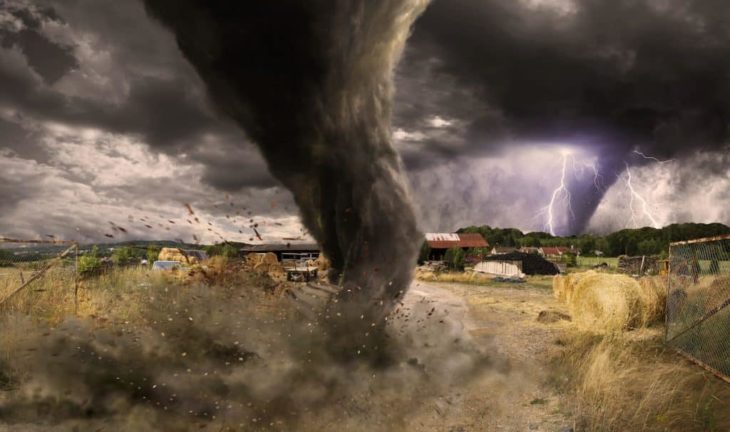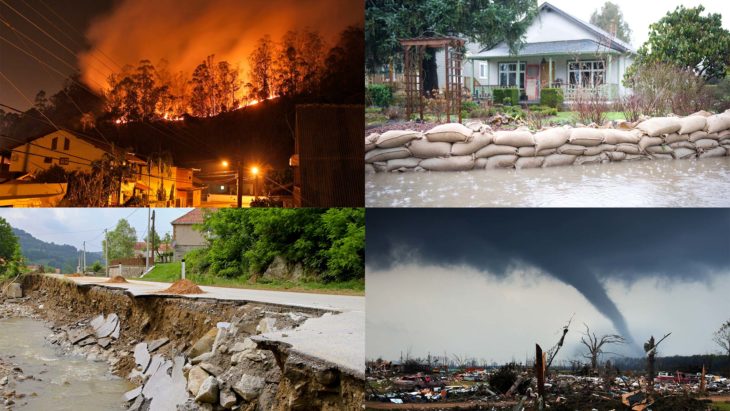Disasters often come suddenly and are difficult to cope with. Knowing what to do after a disaster can not only help you deal with physical and mental stress, and damaged property but can also save your life. Traumatic natural events such as floods, cyclones, bushfires, and similar, are a lot to deal with. They have a huge impact on peoples’ lives and lead to emotional, physical, and financial exhaustion. What comes after a disaster is a period of dealing with consequences, healing, and rebuilding your life. There are steps you should take after a disaster in order to minimize the impact the disaster will have on your life.
Moments and hours after the disaster, you should remember to stay calm and be patient. It may seem impossible at the moment, but you need to think clearly.
Let people know you’re safe. There are institutions that will let your family know you’re safe and help reunite you with them.
Follow the advice of your emergency services and listen for news and further instructions.

Img source: usacarry.com
Make sure your family members and pets are safe and accounted for. In case someone is missing, you can ask first responders for help with finding them.
You can contact some of the companies that will help you make the home inventory process easy and fast.
Remember to stay away from disaster areas and check your home for leaks, fire, and similar hazards. Also, pay attention to any weird smells such as propane gas. If you smell something wrong, leave your home immediately. If you have some hazardous materials and objects around such as batteries, cleaning products, paint, fuel containers, and similar, ask professionals for assistance with removing all of the hazardous material safely.
If you’re not in your home, or your home got damaged or destroyed, look for shelters or rental housing. You can look for shelters via the FEMA Mobile App or search online.
Look for any information about available emergency shelters or feeding sites where you can get food and water in case of a disaster.
Stay away from any fallen power lines and damaged areas, and out of damaged buildings.
If you were not at home during the disaster, do not go back until authorities let you know it’s safe to do so.

Img source: Realtor.com
You can register for disaster assistance and if you choose to do so, you’ll need certain information that includes social security number, current address as well as the address of the location where the damage is, telephone number, insurance information, total household annual income, etc.
The content loss is a serious problem. Making a pre-loss inventory helps you prepare in case you ever need coverage after a disaster.
Recovery is often a slow and long process. Acknowledge that it is difficult and challenging, and ask for help. Don’t wait for stress to become overwhelming before you decide to ask for help. Talk to someone you know. In all likelihood, there are others who are going through the same thing as you do so don’t be afraid to share your feeling with them.
